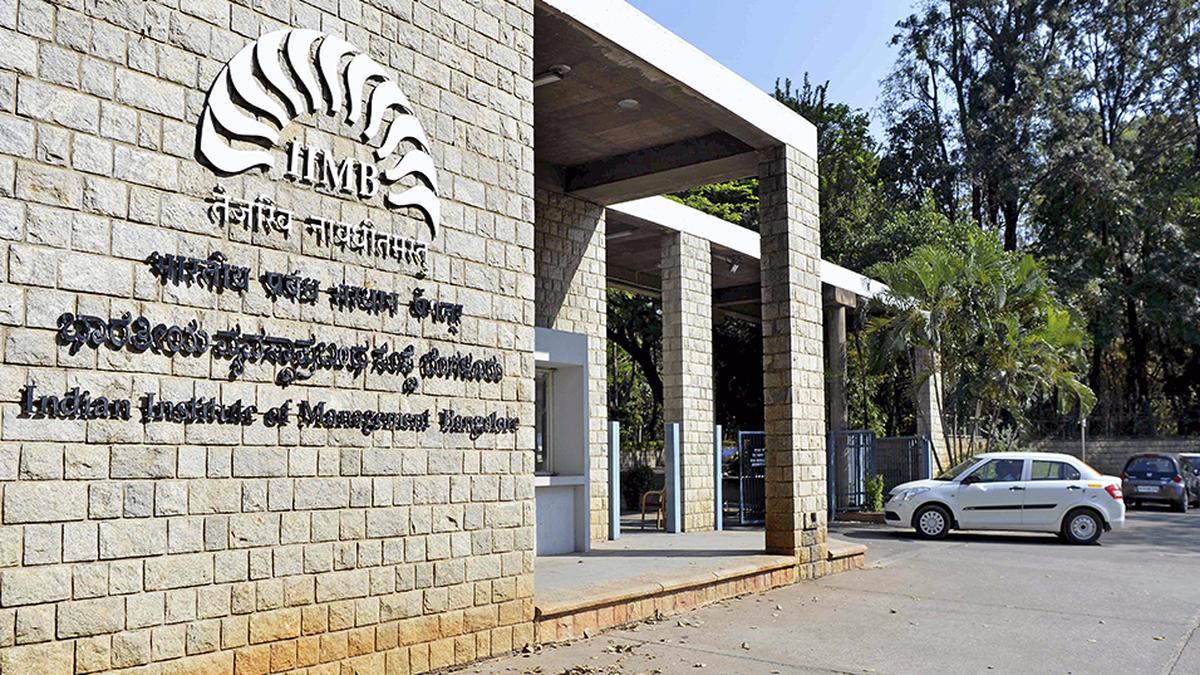ARTICLE AD BOX
Last Updated:August 14, 2025, 14:07 IST
The Indian Flag Code outlines how to hoist, fold, and retire the Tricolour with honour. Disrespecting it can lead to punishment under the law

As we revel in the glory of Independence Day, one question may be on your mind: Why is the National Flag hoisted on Independence Day but unfurled on Republic Day?
As Independence Day approaches, homes, schools, offices, and public spaces across the nation are preparing to proudly display the Indian national flag under the Har Ghar Tiranga campaign. Watching the saffron, white, and green fluttering in the wind fills every Indian with pride.
Yet, not everyone is aware that our national flag comes with a defined code of conduct. The Flag Code of India, 2002, outlines the proper manner in which the flag should be hoisted, displayed, handled, and retired with dignity.
Here’s a breakdown of everything you need to know before you raise the Indian national flag.
Proper Protocol For Hoisting The National Flag
The Indian national flag is a symbol of sovereignty, unity, and pride. Accordingly, its handling is governed by specific guidelines:
- Size and Proportion: The flag must always be rectangular with a length-to-height ratio of 3:2. The actual size may vary, but this proportion must be maintained at all times.
- Permissible Materials: The flag can be made of hand-spun or hand-woven cotton, polyester, wool, silk, or khadi. As of December 2021, machine-made flags are also allowed.
- Who Can Hoist It: Any citizen, private organisation, or educational institution may hoist the flag on any day, not just national holidays, provided it is done respectfully.
- Time of Display: A 2022 amendment now allows the national flag to be flown day and night, provided it is displayed outdoors and is properly illuminated at night. Previously, it could only be hoisted between sunrise and sunset.
- Position and Prominence: The flag must always be placed in a position of honour, preferably at the centre or highest point, and clearly visible.
- In Case of Damage: A damaged, dirty, or crumpled flag must never be hoisted. If the flag is torn or its colours have faded, it should be retired respectfully.
What Not To Do When Hoisting The Tricolour
To preserve the sanctity of the Indian national flag, the following must be strictly avoided:
- Do not hoist the national flag upside down.
- Do not place any other flag equal to or above the national flag.
- Do not decorate the flagpole with garlands, flowers, or emblems.
- Do not tie or drape the flag in a manner that could damage it.
How To Handle The Flag After The Ceremony
Even after the hoisting ceremony concludes, the Indian national flag must be treated with continued respect. According to a Hindustan Times report, the national flag must never be stored in a torn, soiled, or crumpled state.
Disposal Of Damaged Flags
If the flag is no longer fit for display, it should not be discarded like ordinary fabric. Instead choose one of these options:
- Burning: The flag should be folded properly, placed in a clean and secure location, and then respectfully burned; never simply thrown into flames.
- Burial: Alternatively, it may be buried. The flag should be folded, placed in a wooden box, interred, and a moment of silence observed.
Paper Flags
Paper flags used during celebrations must also be treated with dignity. They must not be allowed to touch the ground, fall into water, or be trampled upon.
How To Fold The National Flag
As shared by the Ministry of Culture, here is the correct way to fold the Indian national flag:
- Lay the flag flat, horizontally.
- Fold the saffron and green stripes underneath the white stripe.
- Fold the white stripe so that only the Ashoka Chakra and slight portions of the saffron and green are visible.
- Fold the entire flag carefully and keep it in a safe, clean place.
Insulting The Indian Flag Is A Crime
Insulting the Indian national flag is a punishable offence under Section 2 of the Prevention of Insults to National Honour Act, 1971. It states:
“Whoever burns, mutilates, defaces, defiles, destroys, tramples or otherwise brings into contempt (whether by words, spoken or written, or by acts) the Indian National Flag in any public place or in any other place in public view… shall be punishable with imprisonment for a term which may extend to three years, or with fine, or with both."
view comments- Location :
- First Published:
August 14, 2025, 14:07 IST
News india Can You Hoist The Tricolour At Night? Know The Complete National Flag Protocol
Disclaimer: Comments reflect users’ views, not News18’s. Please keep discussions respectful and constructive. Abusive, defamatory, or illegal comments will be removed. News18 may disable any comment at its discretion. By posting, you agree to our Terms of Use and Privacy Policy.
Read More



.png)
.png)
.png)
















 1 hour ago
4
1 hour ago
4









 English (US) ·
English (US) ·